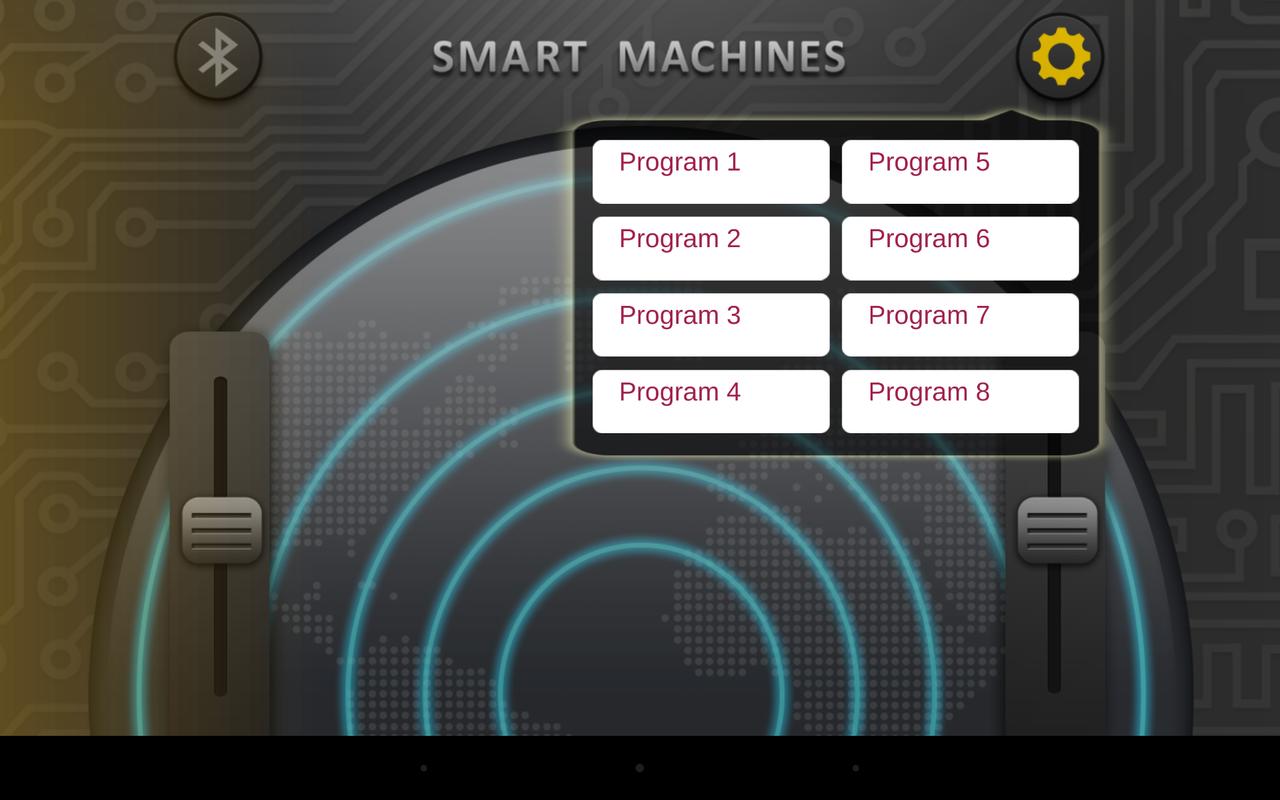

The calibration session was used to estimate the tuning function of each recorded unit on average, 40 units were used per session (range: 23–60). 1 C): calibration, control, perturbation, and washout. Each experiment consisted of the following sequence of four sessions ( Fig. Intended velocity was then estimated using the PV algorithm as the sum of each unit's PD weighted by its normalized firing rate. To establish a mapping from neural activity to cursor motion, each recorded unit was fitted with a cosine-tuning funtion ( 19– 21) centered on its preferred direction (PD) of movement. Monkeys implanted with arrays of chronic recording electrodes were trained to perform a 3D center-out task in virtual reality under brain control ( Fig.

Thus, any mismatches between desired cursor motion and decoded cursor motion can only be corrected by altering the activity of these recorded neurons. This “brain-control” paradigm is unique in that the behavior, cursor movement, is solely the result of neural activity in the population under study. However, recent developments in brain-computer interface technology now make it possible to control the activity of a cursor in a three-dimensional (3D) virtual environment using the spiking activity of ensembles of simultaneously recorded motor cortical units ( 11– 16). Although the observed changes in neural activity in these studies are closely associated with the behavioral manifestation of learning, it is difficult to interpret the behavioral significance of the neural changes because the precise relationship between neural activity and behavioral output is unknown.

For example, the tuning functions of neurons in the motor cortex can change when monkeys adapt to perturbations that interfere with the execution ( 5– 7) or visual feedback ( 8– 10) of their movements. We find that changes in neural activity reflect not only an alteration of behavioral strategy but also the relative contributions of individual neurons to the population error signal.Ī wealth of evidence associates learning with changes in neural activity (for reviews, see refs.
#THEBRAIN VERSION 9 BEATA FEATURES SERIES#
In a series of experiments, we force the animal to relearn the association between neural firing and cursor movement in a subset of neurons and assess how the network changes to compensate. This device creates a precise, well-defined mapping between the firing of the recorded neurons and an expressed behavior (cursor movement). Using a brain-computer interface, dozens of simultaneously recorded neurons in the motor cortex of awake, behaving monkeys are used to control the movement of a cursor in a three-dimensional virtual-reality environment. Here we introduce a paradigm in which the output of a cortical network can be perturbed directly and the neural basis of the compensatory changes studied in detail. To understand the importance of learning-related changes in a network of neurons, it is necessary to understand how the network acts as a whole to generate behavior. Efforts to study the neural correlates of learning are hampered by the size of the network in which learning occurs.


 0 kommentar(er)
0 kommentar(er)
